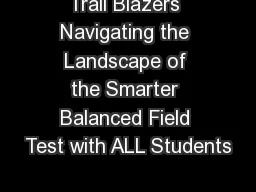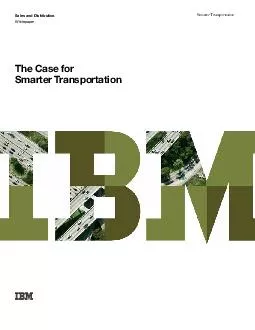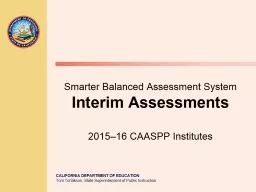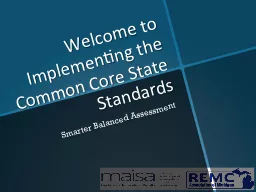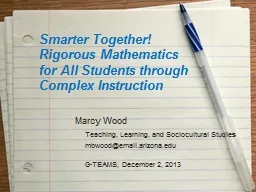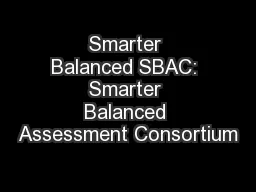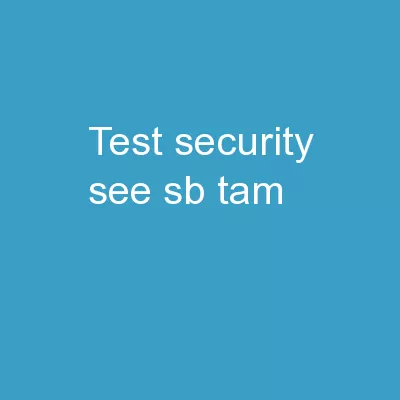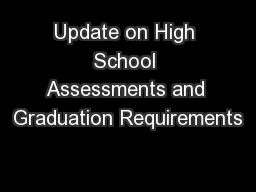PPT-Trail Blazers Navigating the Landscape of the Smarter Balanced Field Test with ALL Students
Author : marina-yarberry | Published Date : 2018-11-05
June 25 2014 1015 1145 am NCSA Next Generation Assessment Systems Trail Blazers Idaho Angela Hemingway Montana Judy Snow South Dakota Jan Martin Session
Presentation Embed Code
Download Presentation
Download Presentation The PPT/PDF document "Trail Blazers Navigating the Landscape o..." is the property of its rightful owner. Permission is granted to download and print the materials on this website for personal, non-commercial use only, and to display it on your personal computer provided you do not modify the materials and that you retain all copyright notices contained in the materials. By downloading content from our website, you accept the terms of this agreement.
Trail Blazers Navigating the Landscape of the Smarter Balanced Field Test with ALL Students: Transcript
Download Rules Of Document
"Trail Blazers Navigating the Landscape of the Smarter Balanced Field Test with ALL Students"The content belongs to its owner. You may download and print it for personal use, without modification, and keep all copyright notices. By downloading, you agree to these terms.
Related Documents

